



We manufacture titanium components for 3D printing that enables innovative, customized solutions. Our titanium parts supplies are produced through additive manufacturing, ensuring precision, complexity, and efficiency for advanced industries.

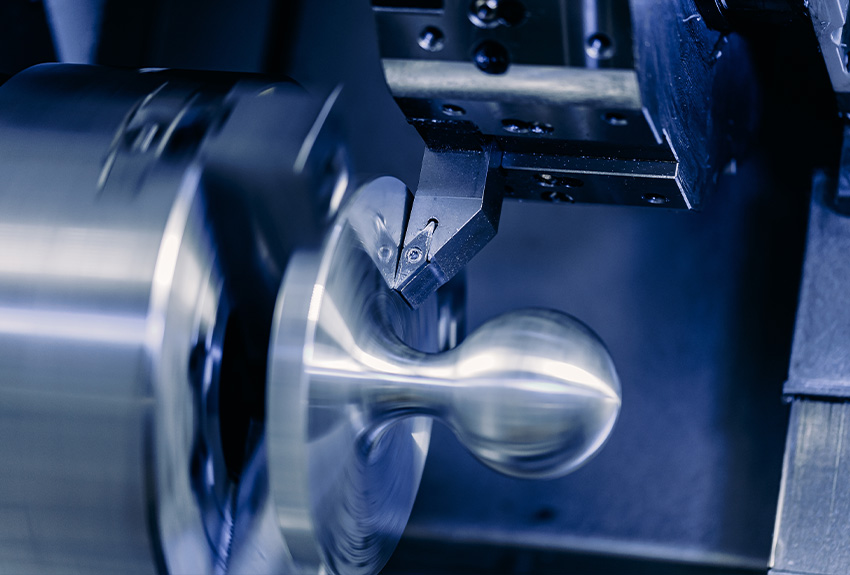 01
01
Titanium alloys possess high strength, low density, and excellent corrosion resistance. Through 3D printing technology, these performance advantages can be further leveraged to produce components with complex structures and superior properties.
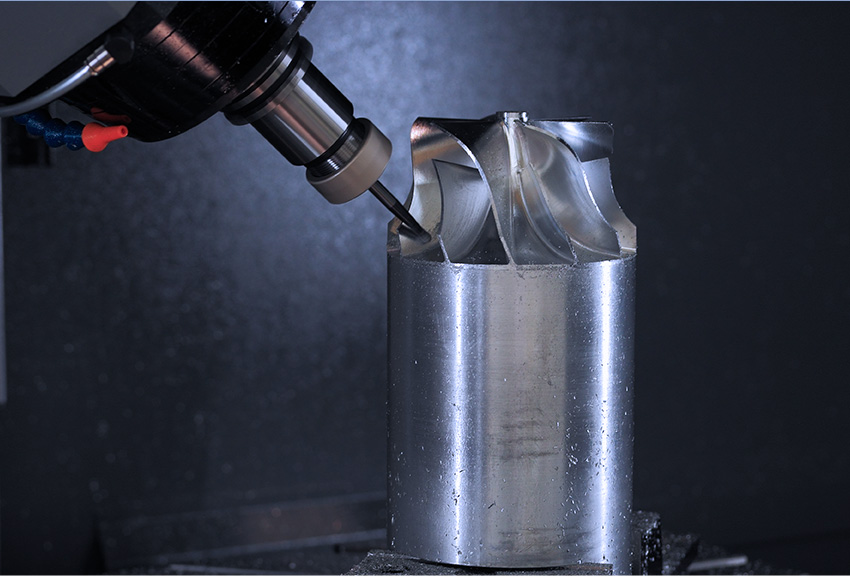 02
02
3D printing technology enables precise control over material usage, reducing material waste and improving material utilization rates.
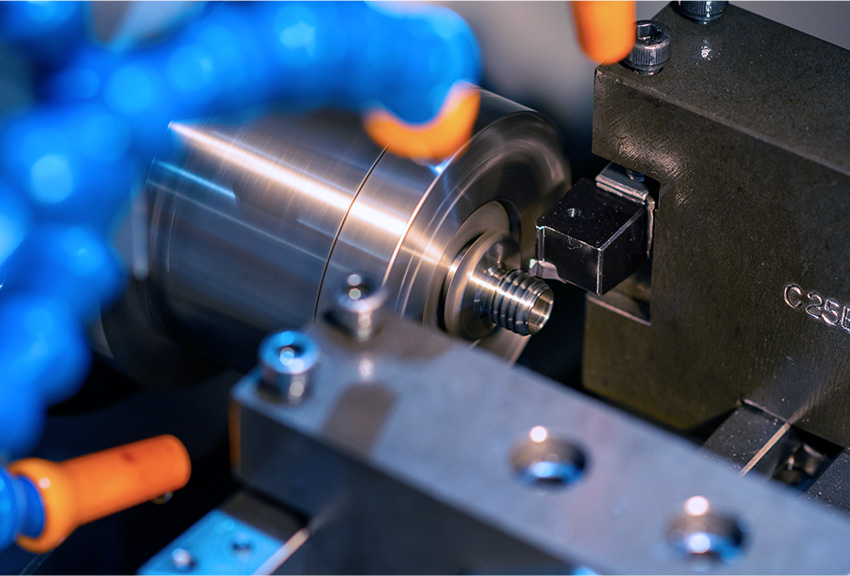 03
03
Compared to traditional manufacturing methods, 3D printing technology allows for rapid prototyping, shortening the product development cycle.
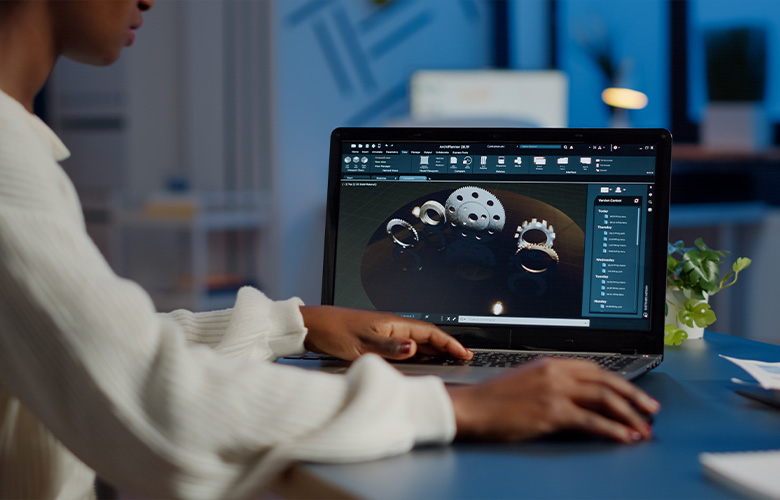 04
04
3D printing technology enables personalized customization of products, meeting the unique needs of different users.

Medical Implants: Titanium alloys, due to their biocompatibility, are ideal materials for medical implants such as artificial joints and dental implants. Through 3D printing technology, medical devices tailored to individual patient differences can be produced.

Lightweight Components: Components such as engine brackets and suspension systems can be manufactured using 3D printing technology to create lightweight titanium alloy parts, improving fuel economy and performance of vehicles.

Mobile Phone Structural Components: The hinge axis cover of the Honor Magic V2 foldable phone uses titanium alloy 3D printing technology, marking the first large-scale use of titanium alloy 3D printing in mobile phones.
Other Electronic Products: With the widespread application of titanium alloy in the 3C electronics field, more electronic products are expected to adopt titanium alloy 3D printing technology in the future."





Great quality and functional design. The product was spot on and easy to work with supplier. Thank you.


Excellent quality, service, and price shipped to the US. Highly recommend.


A pleasure to do business with every time. Good quality service and delivery.
Related News
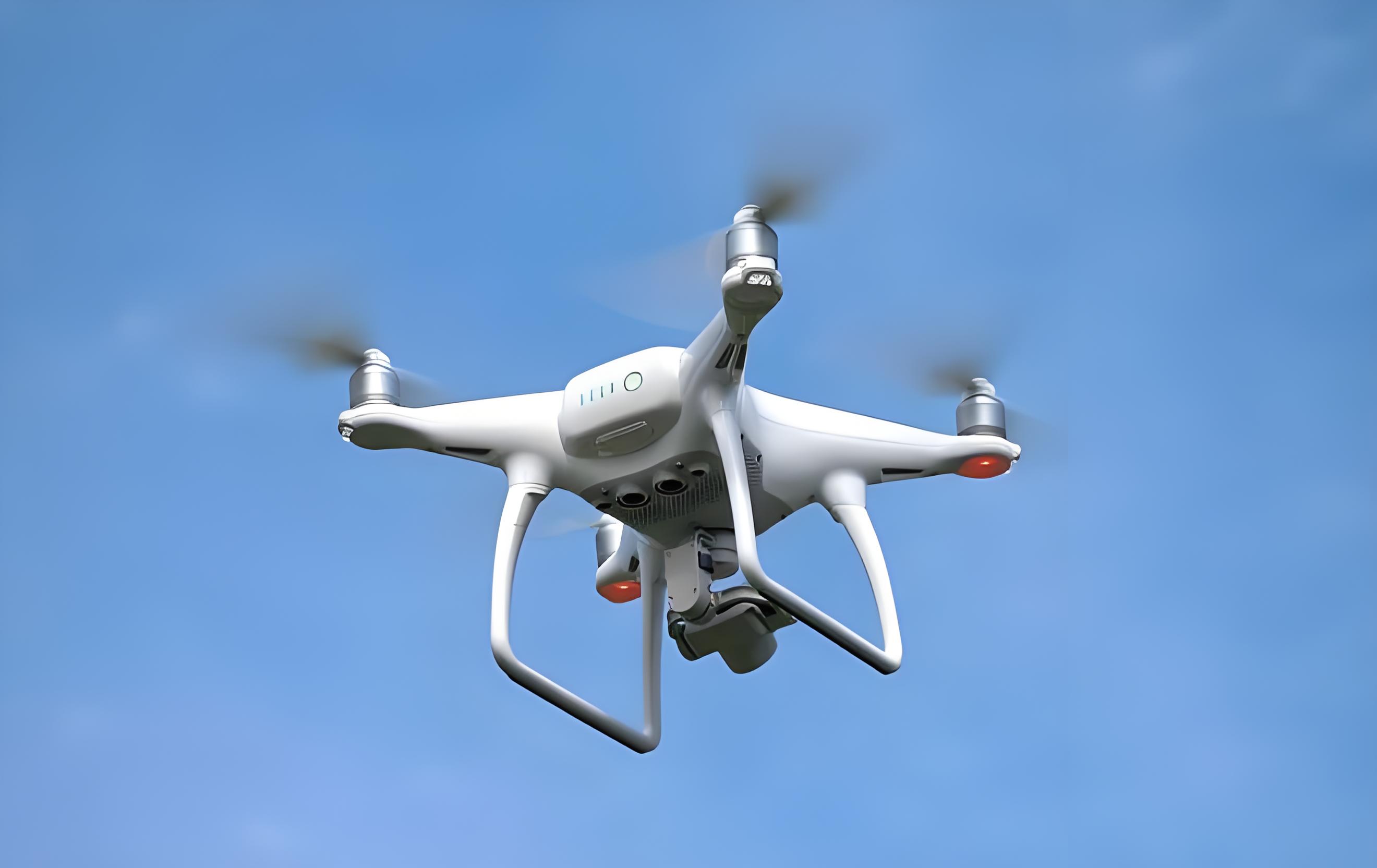
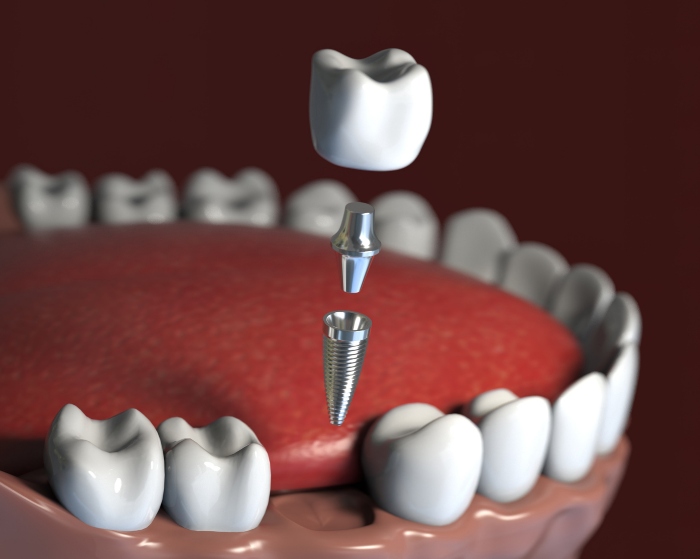



Choosing us is choosing excellent quality!


